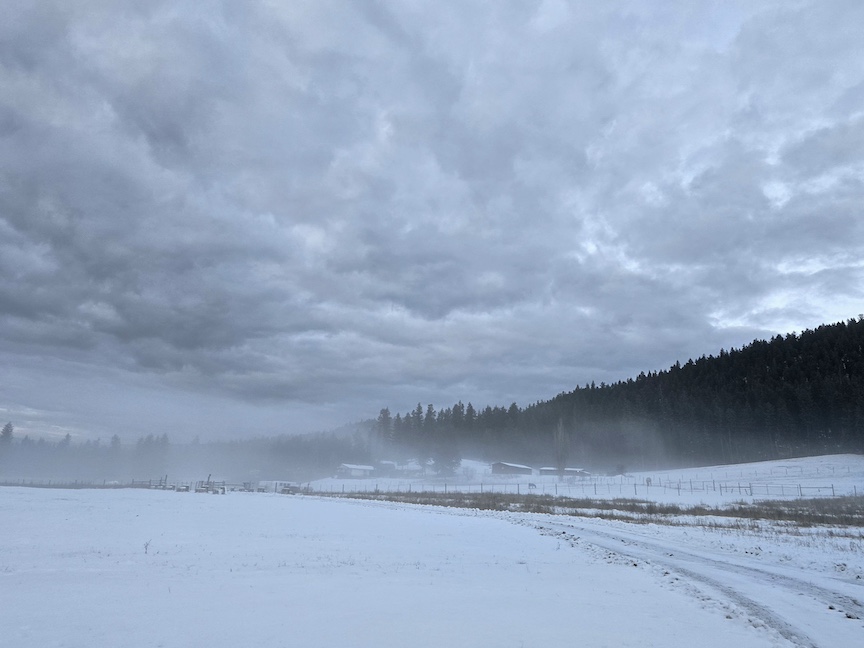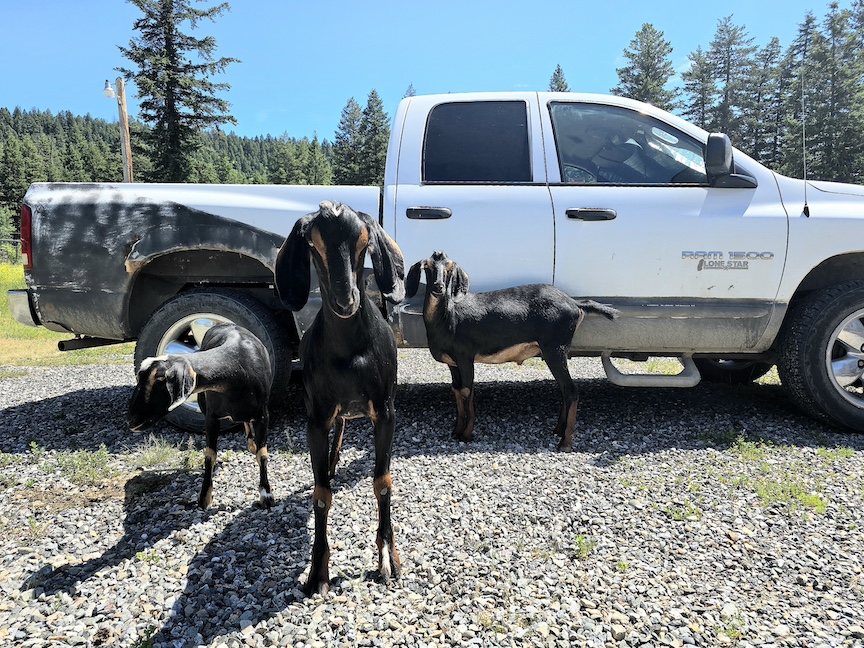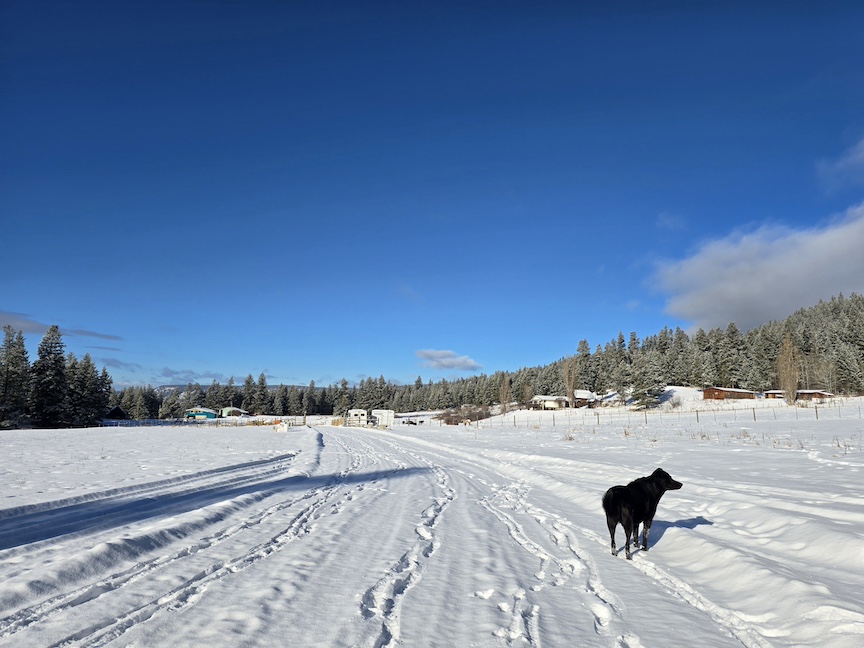Starring: Gastón Santos, María Duval, Pedro D’Aguillón, Carolina Barret, Hortensia Santoveña, Carlos Ancira
Director: Fernando Méndez
Released: 1959
Mood: If you think you’re crushing the Spanish lessons on Duolingo and want to test your skills with a lightly spooky Mexican Western.
I stumbled upon El Grito de la Muerte, aka The Scream of Death (English title translation), aka The Living Coffin (English title online and for streaming services) while trying to confirm if The Curse of the Undead was actually the first-ever Western horror movie as everyone online seems to believe it was.
It was not. Both of these movies came out in 1959, but it turns out there are quite a few older Mexican horror Westerns, too, and I am DEFINITELY going to watch them. I still can’t find a record of an earlier American Western horror movie – if you know of one, let me know!
This is not my strongest review as far as explaining what it’s about, because YouTube’s auto-generated English subtitles were atrocious, so I had to watch with the Spanish subtitles that were also auto-generated and definitely mixed up a few things. It’s safe to say that I didn’t catch every nuance of the movie.
With that said, El Grito de la Muerte is HIGHLY entertaining ‘50s B-Western. It’s more campy-funny than scary, like you could probably watch it with kids. It has that classic ‘50s horse opera feel, with the added bonus of madcap Mexican melodrama.

El Grito de la Muerte is about a woman who is obsessed with evading death, and how death comes for her but not how she expected.
Clotilde (Carolina Barret) is so paranoid that she has commissioned an alarm system of bells in her tomb, in case she is accidentally buried alive – hence the English title, The Living Coffin. Her niece, the beautiful María (María Duval), thinks she’s kooky.
Gastón (Gastón Santos) and his perpetually sleepy sidekick, Coyote Loco (Pedro D’Aguillón) arrive at María’s ranch with a mysterious idol that came from an archaeological dig. Somehow this is related, but I fully admit I didn’t grasp that part.
When María pulls a knife from a clock, one of Clotilde’s many wards, this makes it possible for what appears to be La Llorona to sneak into the ranch through a secret passage and start doing gleeful murders! Someone must stop this vengeful spirit before it’s too late.
![]()
Everyone in El Grito de la Muerte is enjoyable in their roles, if you compare this to other B-movie fare and don’t mind that nobody is trying for an Oscar.
My favourites are Pedro D’Aguillón, with his physical comedy and nonstop quest for a nap, and Carlos Ancira as the ghost. He looks like a chick at a sleepover wearing a caked-on mud mask and white nightgown, enjoying a night of pranks. Give him a glass of white wine and a giant teddy bear, and he could be in a drag horror spoof of Grease.
- Fun Fact #1: Pedro D’Aguillón is the father of Pedro D’Aguillón Jr., one of the first voice-dubbing actors in Mexican cinema, who did Spanish dubbing on multiple Jim Henson movies, Disney movies, and other massively popular movies and TV shows.
- Fun Fact #2: Quintín Bulnes, who plays the tipsy doctor, also had a big career in Spanish voice dubbing, playing multiple lead characters in Looney Tunes cartoons.
- Fun Fact #3: Gastón Santos was a legitimate bullfighter, performing in 1,348 bullfights in his lifetime, and an accomplished equine rancher.
The actual plot of El Grito de la Muerte does make sense – which is surprising, given some of the tomfoolery along the way. The zany sound effects in Coyote Loco’s scenes feel out of a Saturday morning cartoon, there’s a John Wayne-style cantina fistfight, and the women feel like they’d be at home in a telenovela.
But you have to appreciate how well the movie is made for the time and place – the sets are beautiful, and the colouring is quite good. As far as cinematography, it’s on par with regular ’50s Westerns – other than the laugh-out-loud ridiculous “effect” of how the ghost meets her demise, which is something you just have to see for yourself. Gastón Santos also works brilliantly with his stunt horse (probably because it was one of his own trained horses).
I am super stoked that I discovered this movie, and the realm of Mexican Westerns. I can’t wait to see more.


